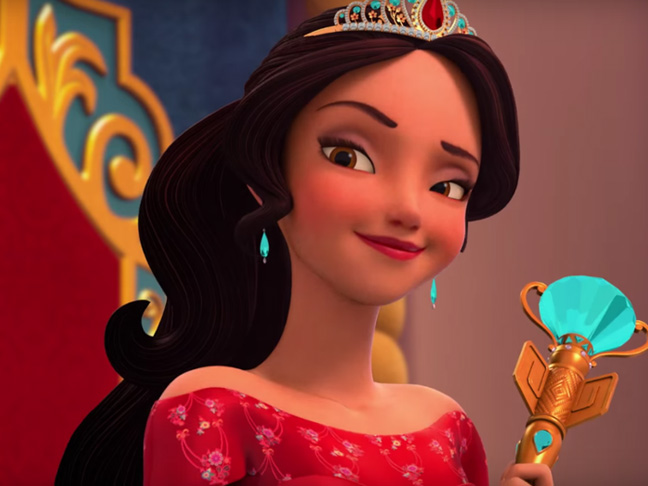I think Elena brings with her a great change in the princess world. We can still love Elsa and Anna. And Tiana and Ariel. And Belle and Cinderella. But Elena just reminds us that anyone, regardless of hair color, or eye color, or skin color, can be a princess.
Back in January 2015, when Disney first announced that the show was in the works, there were plenty of critics out there. In a release issued at the time by Disney, Elena is described as a “confident and compassionate teenager in an enchanted fairytale kingdom inspired by diverse Latin cultures and folklore” — but Elena was never actually called Latina. And that had some people squabbling about whether Elena was really Latina.
But, those critics missed the point. Anyone who thinks that a 3-year-old girl is going to care about Elena’s DNA is wrong. What matters is that we have a princess who looks like us. One that little girls (and boys) can relate to. As a mom, it’s important to me that my son sees characters of various races and ethnic backgrounds in the movies he loves. I am a bit bothered when he declares his beautiful blonde-haired, blue-eyed classmate a princess, and yet her darker counterpart simply “doesn’t look like a princess.” Clearly, he’s getting the wrong message about beauty (I want him to know that there is beauty in all types of people), and I think it’s time for a change.
Photo: Courtesy of Disney




